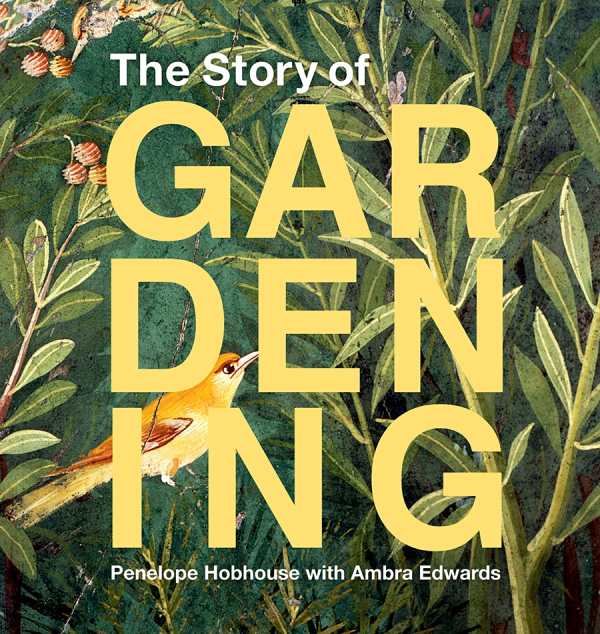The Story of Gardening
Historically, to speak of gardening necessitates a subtle, but quite important, uncoupling from agriculture, summed up in the idea of beauty. From ancient myths to cave paintings and recorded literature, we know that the earliest creators of gardens sought a different type of relationship with plants. In the foreword to her breathtaking The Story of Gardening, Penelope Hobhouse describes it as “a dialogue between the relative values of ‘art’ and ‘nature,’ which developed into the concept of nature ‘improved’ and ‘expanded’ by man’s management.” Perhaps the value of gardens to our ancestors might best be imagined as an earthly foretaste of paradise, as in the Judeo-Christian Garden of Eden, and in Muslim traditions.
In The Story of Gardening, with its hundreds of accompanying illustrations, Hobhouse leads a tour of gardening history from Ancient Greece, Egypt, and Rome into Islamic, medieval, and English landscapes, the gardens of China and Japan, and beyond. She notes that Greece is richer in flowering plants and ferns than anywhere else in Europe, and that the “Greek classical period formed a core of botanical knowledge that was not superseded for the best part of 2,000 years”—even while Greece’s mountains and aridness made it unsuitable for sustained horticulture. And her profiles of notable botanists and collectors include a telling of the lucky 1829 discovery that plants continue to thrive in sealed glass jars, providing the means to transport specimens long distances over land and sea.
As much a showcase of gardening styles and techniques from around the globe as it is a history, The Story of Gardening is an irreplaceable contribution to gardening literature.
Reviewed by
Matt Sutherland
Disclosure: This article is not an endorsement, but a review. The publisher of this book provided free copies of the book to have their book reviewed by a professional reviewer. No fee was paid by the publisher for this review. Foreword Reviews only recommends books that we love. Foreword Magazine, Inc. is disclosing this in accordance with the Federal Trade Commission’s 16 CFR, Part 255.

